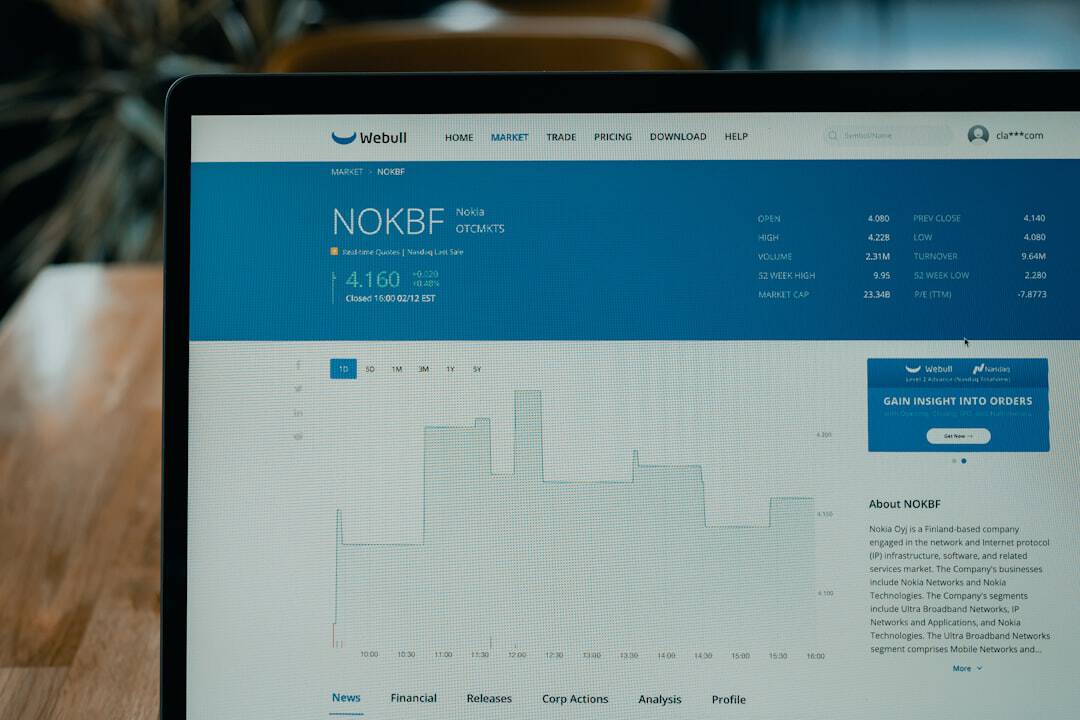Zero Trust Network Access (ZTNA) is a security framework that addresses the limitations of traditional network security approaches. It operates on the principle that no user or device should be automatically trusted, regardless of their location or network connection. ZTNA requires strict identity verification for every access attempt to network resources, whether originating from inside or outside the organization’s network.
This security model focuses on protecting individual devices and user identities rather than securing the entire network perimeter. ZTNA utilizes various technologies, including multi-factor authentication, encryption, and micro-segmentation, to ensure that only authorized users and devices can access specific resources within the network. By implementing ZTNA, organizations can significantly reduce the risk of unauthorized access, data breaches, and lateral movement of threats within their networks.
This approach is particularly relevant in today’s business landscape, where remote work and cloud-based applications have become prevalent, rendering traditional perimeter-based security measures insufficient for protecting sensitive data and critical systems. ZTNA provides a more effective and proactive security solution by continuously verifying user and device identities, monitoring access patterns, and enforcing least-privilege access policies. This approach enables organizations to maintain a strong security posture in increasingly complex and distributed IT environments.
Key Takeaways
- Zero Trust Network Access (ZTNA) is a security model that requires strict identity verification for every person and device trying to access resources on a private network, regardless of whether they are inside or outside the network perimeter.
- The principles of ZTNA include the idea of “never trust, always verify,” the use of micro-segmentation to limit access to specific resources, and the need for continuous monitoring and inspection of all network traffic.
- Implementing ZTNA in your organization involves identifying and classifying all resources, implementing strong authentication and authorization controls, and using encryption to protect data in transit.
- The benefits of ZTNA include improved security posture, reduced attack surface, better visibility and control over network traffic, and the ability to support remote and mobile workers without sacrificing security.
- ZTNA differs from traditional network security by focusing on identity and context-based access controls rather than perimeter-based defenses, and by assuming that threats can exist both inside and outside the network.
- Common misconceptions about ZTNA include the belief that it is too complex or costly to implement, that it will disrupt user productivity, and that it is only suitable for large enterprises.
- Best practices for ZTNA implementation include starting with a thorough assessment of your organization’s security needs, involving key stakeholders in the planning process, and regularly reviewing and updating your ZTNA policies and controls.
The Principles of Zero Trust Network Access
Least Privilege Principle
One of the key principles of ZTNA is the concept of least privilege, which means that users and devices are only granted access to the resources they need to perform their specific tasks. This minimizes the potential impact of a security breach and reduces the attack surface within the network.
Dynamic Perimeters
Another principle of ZTNA is the use of dynamic perimeters, where access policies are based on contextual factors such as user identity, device health, location, and behavior. This approach allows organizations to adapt their security measures based on real-time conditions, ensuring that access is granted or denied based on the current risk posture.
Continuous Monitoring and Analytics
Additionally, ZTNA emphasizes the importance of continuous monitoring and analytics to detect and respond to potential security threats in a timely manner.
Implementing Zero Trust Network Access in Your Organization

Implementing Zero Trust Network Access in your organization requires a comprehensive approach that encompasses people, processes, and technology. The first step is to conduct a thorough assessment of your existing network infrastructure, security policies, and access controls to identify potential vulnerabilities and areas for improvement. This assessment will help you develop a roadmap for implementing ZTNA and ensure that it aligns with your organization’s specific security requirements and business objectives.
Next, you will need to define and enforce strict access controls based on the principles of least privilege and dynamic perimeters. This may involve implementing multi-factor authentication, role-based access controls, and encryption to verify user identities and secure data in transit. Additionally, you will need to establish continuous monitoring and analytics capabilities to detect and respond to security threats in real time.
This may involve deploying advanced security tools such as intrusion detection systems, endpoint protection solutions, and security information and event management (SIEM) platforms.
The Benefits of Zero Trust Network Access
| Benefits of Zero Trust Network Access |
|---|
| Enhanced security posture |
| Improved visibility and control |
| Reduced risk of data breaches |
| Support for remote and mobile workforce |
| Compliance with regulations and standards |
Zero Trust Network Access offers several key benefits for organizations looking to enhance their security posture in today’s evolving threat landscape. One of the primary benefits of ZTNA is improved security posture, as it reduces the risk of unauthorized access and data breaches by implementing strict access controls and continuous verification mechanisms. This helps organizations protect sensitive data, critical systems, and intellectual property from internal and external threats.
Another benefit of ZTNA is increased flexibility and agility, as it allows organizations to securely enable remote work, cloud-based applications, and third-party access without compromising security. By focusing on securing individual devices and user identities rather than the entire network perimeter, ZTNA enables organizations to adapt to changing business requirements and technology trends while maintaining a strong security posture. Furthermore, ZTNA can help organizations achieve compliance with industry regulations and data protection standards by implementing robust access controls, encryption, and monitoring capabilities.
This can help organizations avoid costly fines and reputational damage resulting from non-compliance with regulatory requirements.
Zero Trust Network Access differs from traditional network security in several key ways. Traditional network security relies on perimeter-based defenses such as firewalls, VPNs, and intrusion detection systems to protect the network from external threats. However, these measures are no longer sufficient in today’s business environment, where remote work, cloud-based applications, and mobile devices have blurred the boundaries of the traditional network perimeter.
In contrast, ZTNA focuses on securing individual devices and user identities regardless of their location, making it more effective at protecting against both internal and external threats. ZTNA also emphasizes the principle of least privilege, ensuring that users and devices only have access to the resources they need to perform their specific tasks. This reduces the attack surface within the network and minimizes the potential impact of a security breach.
Additionally, ZTNA leverages dynamic perimeters and continuous monitoring to adapt security measures based on real-time conditions and detect potential threats in a timely manner. This proactive approach is more effective at mitigating security risks compared to traditional network security measures that rely on static access controls and perimeter defenses.
Common Misconceptions about Zero Trust Network Access
Despite its many benefits, there are several common misconceptions about Zero Trust Network Access that may prevent organizations from fully embracing this security model. One common misconception is that implementing ZTNA requires a complete overhaul of existing network infrastructure and security measures. While transitioning to ZTNA may require some changes to existing processes and technologies, it can be implemented gradually in a phased approach to minimize disruption to business operations.
Another misconception is that ZTNA is only suitable for large enterprises with extensive resources and technical expertise. In reality, organizations of all sizes can benefit from implementing ZTNA by leveraging cloud-based security solutions and managed service providers to support their security initiatives. Furthermore, some organizations may believe that ZTNA is too complex or costly to implement.
However, with the right strategy and support from experienced security professionals, organizations can successfully implement ZTNA without breaking the bank or overwhelming their IT teams.
Best Practices for Zero Trust Network Access Implementation

When implementing Zero Trust Network Access in your organization, there are several best practices to keep in mind to ensure a successful transition to this security model. First and foremost, it’s important to involve key stakeholders from across the organization in the planning and implementation process to ensure that ZTNA aligns with business objectives and addresses specific security requirements. Additionally, organizations should prioritize user education and awareness to ensure that employees understand the importance of ZTNA and their role in maintaining a strong security posture.
This may involve providing training on best practices for secure access, multi-factor authentication, and data protection. Furthermore, organizations should leverage automation and orchestration capabilities to streamline the implementation of ZTNA and reduce the burden on IT teams. By automating routine tasks such as user provisioning, access control enforcement, and threat detection, organizations can improve operational efficiency and reduce the risk of human error.
Finally, organizations should regularly review and update their ZTNA policies and controls to adapt to evolving security threats and business requirements. This may involve conducting regular risk assessments, penetration testing, and compliance audits to ensure that ZTNA remains effective at protecting sensitive data and critical systems. In conclusion, Zero Trust Network Access offers a proactive and effective approach to securing today’s dynamic business environment by focusing on individual devices and user identities rather than relying on traditional perimeter-based defenses.
By implementing ZTNA, organizations can improve their security posture, enable remote work and cloud-based applications securely, achieve compliance with industry regulations, and reduce the risk of unauthorized access and data breaches. While there are common misconceptions about ZTNA, organizations can successfully implement this security model by following best practices such as involving key stakeholders, prioritizing user education, leveraging automation capabilities, and regularly reviewing ZTNA policies and controls.
If you’re interested in learning more about the social dynamics in the metaverse, you should check out the article “Community and Culture in the Metaverse: Social Dynamics in the Metaverse” on Metaversum.it. This article explores the ways in which people interact and form communities within virtual worlds, and how these dynamics are shaping the future of social interaction. It’s a fascinating look at the potential of the metaverse as a new frontier for human connection. (source)
FAQs
What is ZTNA?
ZTNA stands for Zero Trust Network Access. It is a security framework that requires all users, whether inside or outside the network, to be authenticated, authorized, and continuously validated before being granted access to applications and data.
How does ZTNA work?
ZTNA uses a “never trust, always verify” approach to security. It verifies the identity and device posture of the user before granting access to specific applications or data. This is done through a combination of user and device authentication, continuous monitoring, and dynamic access policies.
What are the benefits of ZTNA?
Some of the benefits of ZTNA include improved security posture, reduced attack surface, better user experience, and the ability to enforce access policies based on user and device attributes.
Is ZTNA the same as VPN?
No, ZTNA is not the same as VPN (Virtual Private Network). While both technologies provide secure access to applications and data, ZTNA offers more granular control and dynamic access policies based on user and device attributes, whereas VPN typically provides network-level access.
Who can benefit from implementing ZTNA?
Any organization that wants to improve its security posture, reduce the attack surface, and provide secure access to applications and data for its users can benefit from implementing ZTNA. This includes businesses of all sizes, government agencies, and other institutions.











Leave a Reply